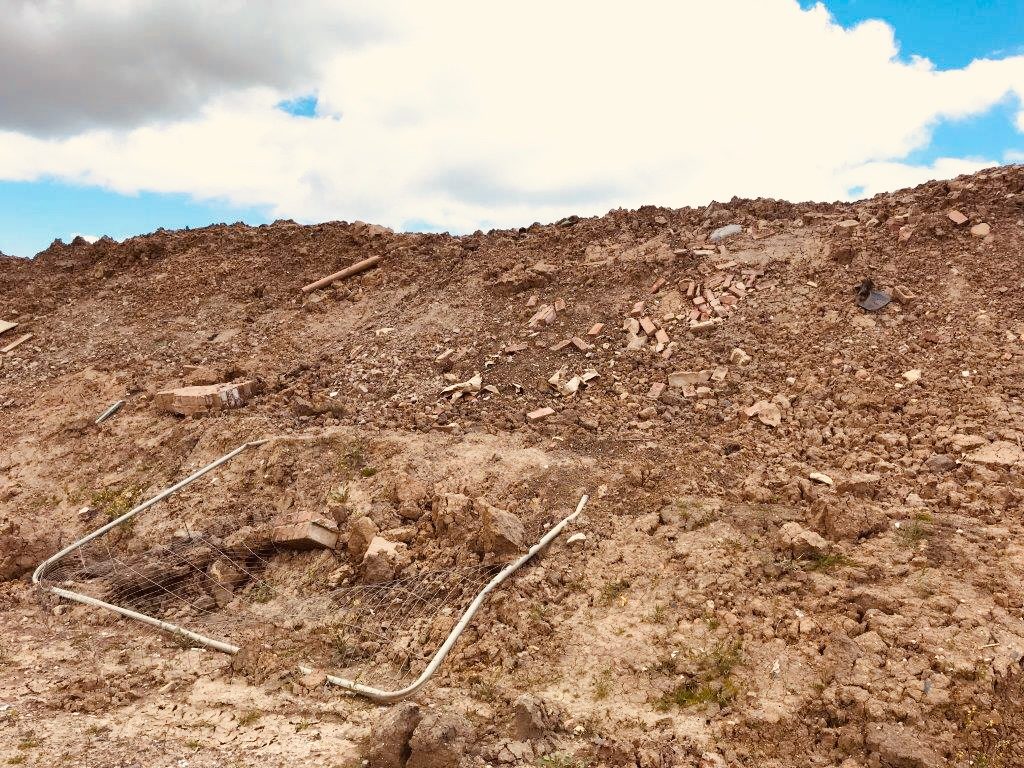
In an article in the March/April AGS Magazine on “Recent changes to Landfill Tax”, Andy O’Dea of WSP highlighted the keen interest HMRC are taking in this issue and the prospect of serious fines and prosecutions for those failing to properly regulate the soils they reuse onsite or export to other sites. Following some recent action by HMRC and the Environment Agency, Andy provides us with an update.
As part of a day of action (23 May 2019) HMRC and the Environment Agency teamed up to inspect 60 waste sites potentially treating, storing or disposing of waste illegally. Described as the “biggest single joint day of action” on suspected waste crime, this is something we have been expecting! The drive to tackle waste crime is high on the EA agenda and the financial sanctions that HMRC bring now present both ‘carrot and stick’ on this issue.
The visits so far are targeting obvious criminal activity where no care for the environment is taken and quick financial gain by avoiding waste fees is the main driver. However, general earthworks and remediation projects for brownfield sites need to heed this news as reusing soils without robust documentation falls under the same principles and may result in audit or inspection by the EA/HMRC.
By far the simplest, quickest and efficient way to regulate the reuse of soils onsite or export of clean, natural soils for use on another site is the use of Material Management Plans under the CL:AIRE Definition of Waste Code of Practice (DoWCoP). Securing a declaration under the DoWCoP is generally straightforward when done in advance and supported by the required information about the materials to be reused. However, the declaration is not the end of the waste discussion; tracking soil movements and verification of the works is paramount to completing the project. If the verification loop is not closed, HMRC are of the opinion that the soils reused remain a waste and attract landfill tax (and additional penalties related to unauthorised sites).
Recently we audited a development site working under a Materials Management Plan and Declaration. The intention was for clean, naturally derived soils to be transported to a receiver site. Our visit uncovered that the soils intended for transfer had been moved on site and become intermixed with a large amount of construction waste, wooden pallets, concrete, asphalt, mortar, plastic, wire and metal. The soil is no longer suitable for transfer, it has become a mixed waste. It is now likely that the soils will have to be disposed of to landfill or subject to waste treatment because it was not managed properly.
In our experience, this is not an isolated incident. Poor material and waste management on construction sites, lack of segregation and inadequate management of sub-contractors is resulting in unexpected costs for developers or worse, going unnoticed.
The introduction of the CL:AIRE Code of Practice has been a positive move in the sustainable reuse of soils on development sites but now is the time to make sure sites are managing the soils properly. We are confident that prosecutions will be brought forward soon and that a declaration is not protection in itself. Effective management of soils and demonstration of this through verification is vital to avoid hefty fines and reputational damage.
Article provided by Andy O’Dea, Technical Director at WSP